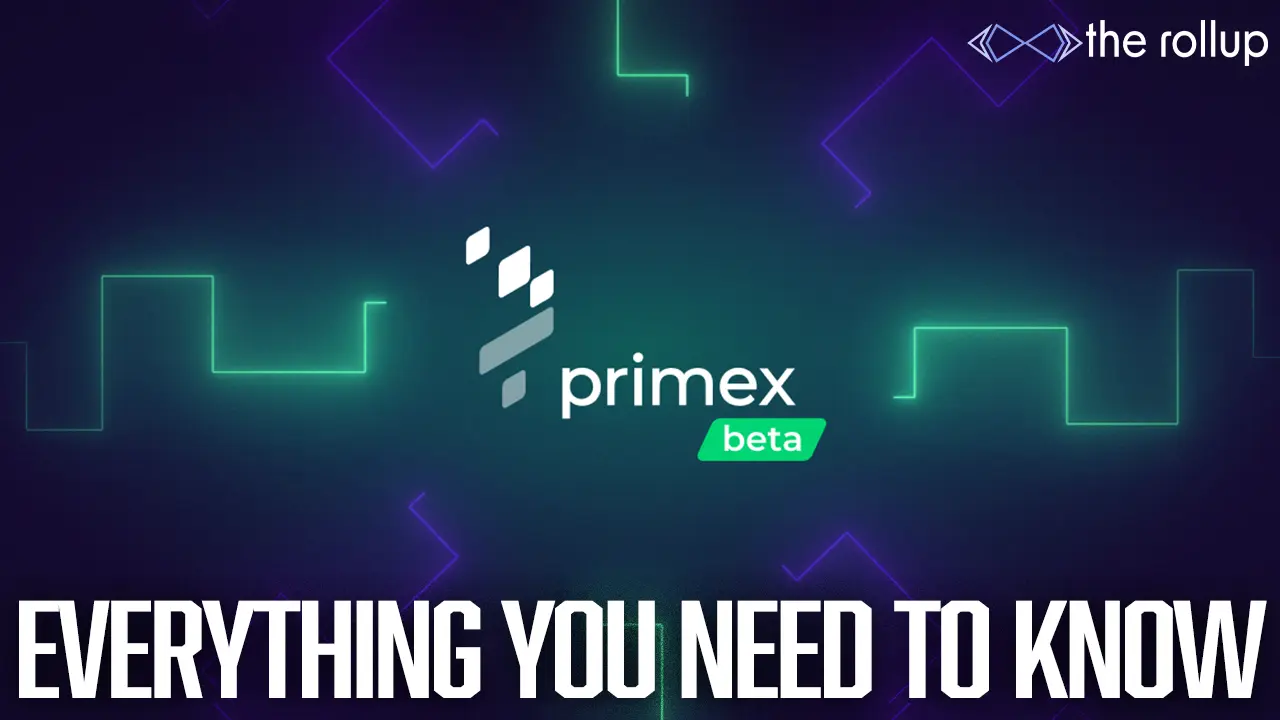Using Balancer exchange to earn passive income by being an LP
Take one step closer to sovereignty every single week, join the DeFi Slate community below:
DeFi Slate Fam:
While many are proclaiming the yield farming craze to be over, we really think its just getting started.
So many crypto users are not providing liquidity to protocols, leaving their tokens dormant and non-yield generating.
No bueno.
Albeit a tad more risky, using your tokens to generate trading fees & yield is the next logical step for investors.
So we put together a super easy to understand tutorial on adding liquidity to Balancer making sure you can go ahead and be an LP there and start earning trading fees & $BAL tokens!
Happy Monday, lets send it.
– Andy
???? Shoutout To Our Partner: MCDEX— trade the first ever decentralized ETH & LINK perp swap contracts on MCDEX.????????????

????Big Ups To Our Great Sponsor Aave: Earn Interest & Leverage Your Assets with Aave, a non-custodial money market protocol leading the #DeFi charge.
ALPHA LEAK: Deposit LINK tokens into Aave to get aLINK, then head over to Yearn to put your aLINK into the yaLINK vault for extra yield. It all starts here with Aave!
Master It Monday: How to utilize Balancer pools to earn yield on your DeFi assets
Balancer was launched in March 2020 and has since established itself as a go-to protocol for many teams needing liquidity, governance pools, yield, and token swaps. Still trailing Uniswap in terms of users and TVL, Balancer is currently #11 in terms of TVL on DeFi Pulse.

Balancer topped out at about $1.5B in TVL during the DeFi summer we just witnessed. There was a massive surge in the value of the $BAL token as well. Now the TVL is steadily sitting at just above $250M with the token price of $BAL around $14 (10/19/2020)
TVL in Balancer is indicative of the amount of funds that users have in the pools earning yield. The Balancer exchange offers swaps as an AMM, similar to Uniswap. The key differentiator between the two is the ability to do multi-asset pools with adjustable percentages for each pool on Balancer.
As we know pools on Uniswap are 50/50, two asset pools.
However, an example Balancer pool is one with 60% REN, 20% WETH, 10% WBTC, and 10% USDC composition. This allows you to have pools with as many tokens in whatever percentages and trading fees you like. When you enter these pools, you basically are in a non-custodial index fund because the Balancer protocol rebalances your funds to consistently maintain the percentages that the parameters are set at.
FYI: Liquidity providers on Balancer earn BAL every week as there are 145,000 BAL tokens distributed weekly to LPs in proportion to the amount of liquidity they are providing.
Hint: All the pools which contain $BAL receive 1.5x the rewards, ex: 50% BAL 50% SNX.
Don’t forget about impermanent loss & how to mitigate it!
The chart below shows how the price changes in different pools affects IL – the idea is you want to enter and exit the pools with the SAME volatility in each token, i.e. ideally both your tokens went up or down the same amount from the date you entered to when you decide to exit.

There are multiple pool types on Balancer.
Private Pools: Where there is one owner (one ETH address) who is the sole liquidity provider & can adjust the parameters of the pool at any time.
Shared/Public Pools: Where the creator of the pool sets the terms (weights & assets) of the pool permanently once, then and anyone can join and contribute liquidity. When you become a liquidity provider on balancer, you receive a specific Balancer Pool Token (BPT) which represents your share in a given pool.
Smart Pools: Rather than being a private pool with one controller of the terms, a smart pool allows a smart contract to be the controller allowing for decisions to be made with regards to changing pools via the smart contract rather than a single creator. Smart pools are open for anyone to contribute liquidity to & receive BPT tokens.
How to add liquidity on Balancer and earn fees
Step 1: Head over the Balancer exchange site and you’ll see all the pools available, something like this:

Step 2: Choose the pool/assets you want to be a liquidity provider for, for this example we’ll do 80% BAL, 20% WETH. This means we are bullish on both BAL and ETH, but more bullish on BAL (think of impermanent loss). Click the pool & you’ll be prompted to this screen:

Step 3: Press the add blue liquidity button in the top right, and decide whether you want to do single or multi asset pools – then press the ‘unlock’ button next to each asset to unlock the tokens. Approve the metamask tx’s which popup, wait for them to go through, then press ‘Add liquidity’ at the bottom of the button. Approve the metamask tx & then you’re good to go! You can see your pools in the ‘My Liquidity’ section on the top of the pools dashboard.

And that is how you add liquidity to Balancer! Super easy and simple process to become a LP and earn fees. The real game is in taking these BPT tokens and depositing them elsewhere to earn more yield 😉 Check out mStable for more on that, we’ll do a part 2 tutorial soon!
⚠️ DISCLAIMER: Investing into cryptocurrency and DeFi platforms comes with inherent risk including technical risk, human error, platform failure and more. At certain points throughout this post, we might get commission for promoting certain projects, if this is the case we will always make sure it is clear. We are strictly an educational content platform, nothing we offer is financial advice. We are not professionals or licensed advisors.
Liked this post? Share with a friend 🙂
Subscribe to the DeFi Slate Newsletter & join thousands of other crypto enthusiasts:
????Check Us Out On Twitter!
????Join the community on Telegram Channel to get our free V.1. yield farming guide!
????Subscribe to our YouTube channel!
Check out some previous interviews:
DeFi Slate x TheEther: A social governance experience for Ethereum
DeFi Slate x Nick Fett: Oracles, Tellor, and the future of DeFi
Last week in review:
DeFi by Design EP #11: DeFi As An Evolution of Bitcoin w/ Antonio Gomes
Master It Monday: How to avoid scams by cancelling infinite approvals
Recent tweets:





